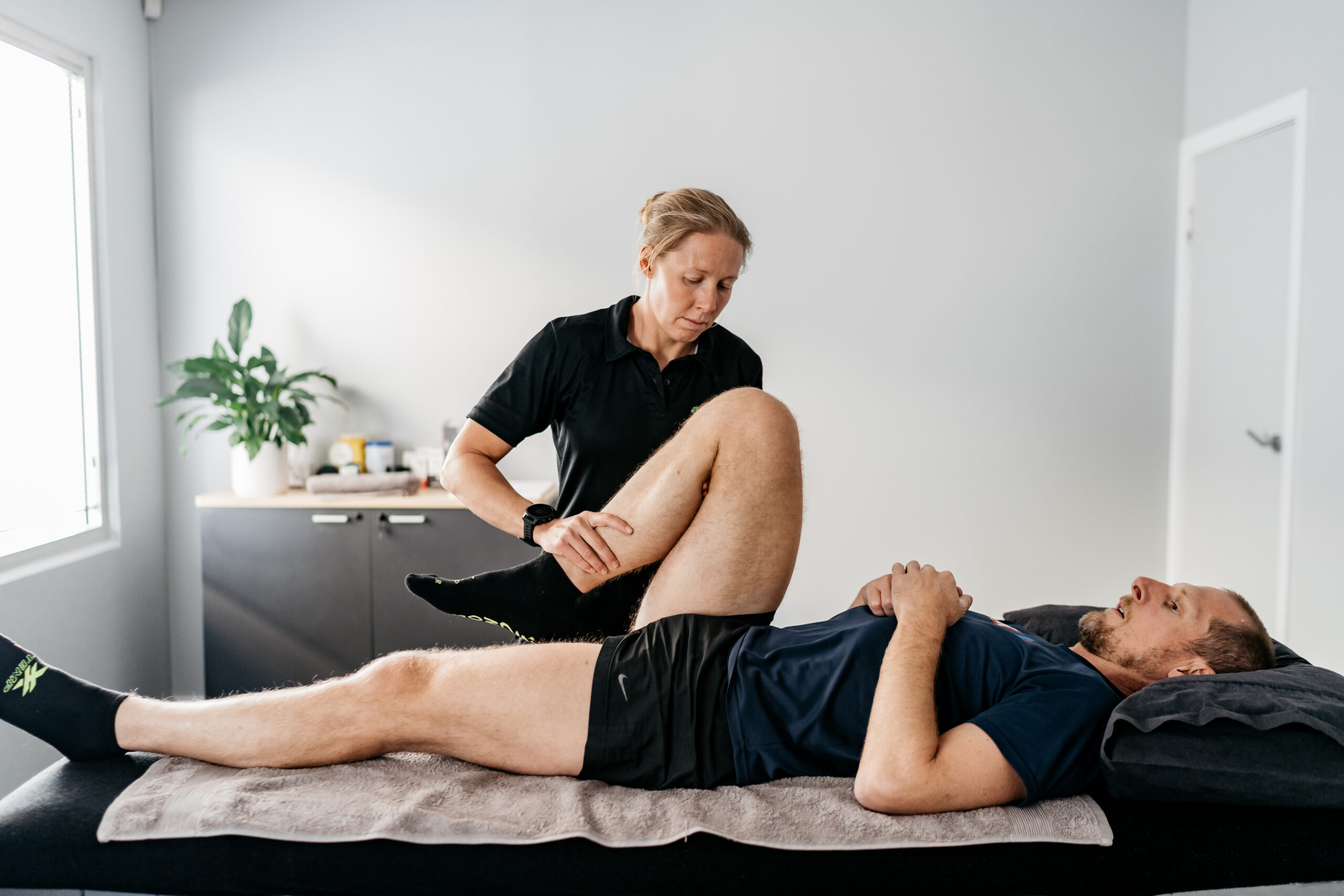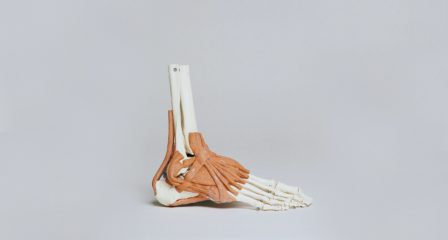Bone stress injuries (BSI’s) are a common injury presentation in endurance runners, with distance runners having some of the highest incidents of BSI’s. They frequently occur in the lead up to running events, and cause a significant disruption to training.
It is well understood that cumulative loading contributes to bone fatigue. Due to the repetitive and cyclical nature of endurance running, cumulative bone loading is an inherent feature.
Bone fatigue presents as microdamage and triggers targeted bone remodeling where bone-resorbing osteoclasts remove damaged regions of bone before bone-forming osteoblasts fill the void with new, undamaged bone. Bone stress injuries in runners occur when microdamage accumulation outweighs the ability to repair or resist the damage.
When we run, we apply load that produces stress and strain within bone tissue which in turn can produce microdamage. There is a strong correlation between the magnitude of bone tissue stress and strain and the number of cycles before bone fatigue failure. For loads relevant to running, it has been estimated that a 10% increase in tissue stress/strain results in halving the number of loading cycles before failure. This is particularly relevant when considering high speed running and the effect of intensity, as running at a greater intensity will increase tissue stress and strain.
So why do we see so many BSI’s in runners?
There are many reasons, training workload and energy availability being the most significant. However, it turns out that whilst running is a great activity, distance running is not great for bone-building. Bone cells desensitize to repetitive load, and running is repetitive. After a ew minutes of running, bone cells find the monotonous, unidirectional loading of running to be boring and they stop responding.
There are things that can be done in addition to running to help stimulate bone cells and encourage strong bone tissue, and you should absolutely be considering them if you’re an endurance runner regardless of whether or not you have a history of bone stress injuries.
The careful and considered addition of plyometric exercises can reduce injury risk, and help bone tissue tolerate the repetitive loads of running.
When considering managing and reducing the risk of BSI’s in runners, training workloads should be individualised and closely monitored. A runner’s risk of BSI likely relates to the complex interaction between rapid changes in workload and a runner’s biomechanics, psychology, physiology, musculoskeletal qualities and energy availability.
There is often a significant delay between a change in training or workload and BSI development, highlighting the importance of closely tracking training loads.
Beyond training loads, there are specific aspects of running gait that can be considered to increase bone workload. However, these need to be individually assessed, as no change to running gait comes without risk of “new injury”.
So if you’re an endurance runner, you should ensure that:
- You have an activity other than running in your week; ideally one that stimulates bone tissue and promotes strength i.e., a targeted and specific strength program
- You closely track and monitor your training loads
- You ensure you are meeting your energy requirements and not falling into the trap of low energy availability
If you’re not sure you’re doing these things, think you need to further your understanding of these things, or already have a significant BSI history…please come in and chat to one of us so we can work with you to come up with a plan to keep you running injury free!



